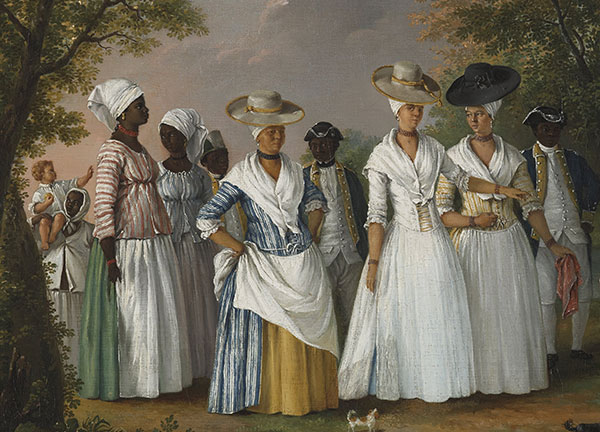Affranchis
Following the Haitian Revolution that procured freedom from the French Empire for Haiti in 1804, the Western world has had a profound influence on the island nation’s culture. Nonetheless, Haitians are intentionally in tune with their pasts, and some fragments of the old arts are stubbornly held on to. One such example of this resilience is the traditional Affranchi dance, a fragment of the old classist entertainment structure within Haiti.
Who are the Affranchis?
The first sugar plantation slaves who revolted against the French aristocrats in 1804 were all African in descent. These liberators, having been marginalized to one excluded subclass, had their own exclusive set of customs and culture. After earning freedom after over a long decade, many European men courted women of African descent in common-law marriage.

The Affranchis, perhaps more well-known as Mulattos, were the result of this intermingling of races. “Affranchi” is originally a French word coined to describe these individuals; “Mulatto” is Creole. These individuals, carrying both a wealthy European air and a rooted African heritage, were privileged in Haiti’s post-revolutionized society.
The Affranchi Dance
In Saint Domingue, where Affranchis were most prominent, both Europeans and Mulatto counterparts would take part in Affranchi, an early form of Haitian contra dancing. The upright, poised, and moderate minuet was supposed to recreate the scene of pre-Revolution slaves dancing for the entertainment and delight of their taskmasters. In the final set of one piece, dancers were expected to freestyle, giving a rich opportunity to impress those observing. This style of dance is often seen as contrary to the antidisestablishmentary derivate of it, meringue dance. Some suggest that historic Affranchi practitioners portrayed willful ignorance toward their African background in their participation in such events.
In Modern Times
Affranchi eventually became a prestigious subclass of dancing that was exported, along with Haitian contra dancing, globally. Eventually, the art form reached Cuba, followed by Puerto Rico and Diaspora America, where it was embraced and molded enthusiastically. In the 1950s, it was revived by the National Troupe of Haiti (or La Troupe Folklorique Nationale, literally “National Dance Troupe”) in the 1950s and sped up, incorporating some hip-hop-esque movements and rhythms. The director of this group, André Germain, was later responsible for discovering Frisner Augustin, a prodigious musician responsible for the proliferation of Haitian voodoo drumming.
In Haiti, one can still experience Affranchi at occasional country festivals, voodoo services, and as a polished tourist attraction. There are elements of the genre that have bled into other popular Haitian genres of music, but it is rare to find recordings of it on its own.

It good